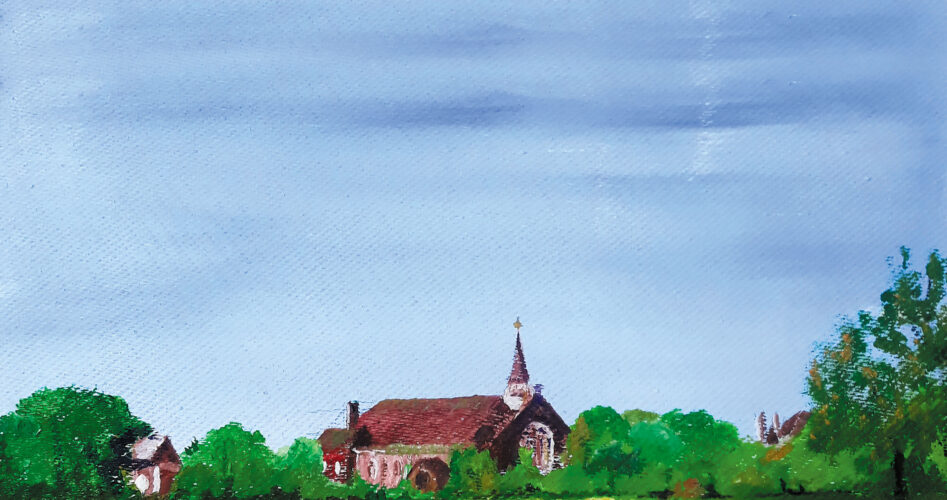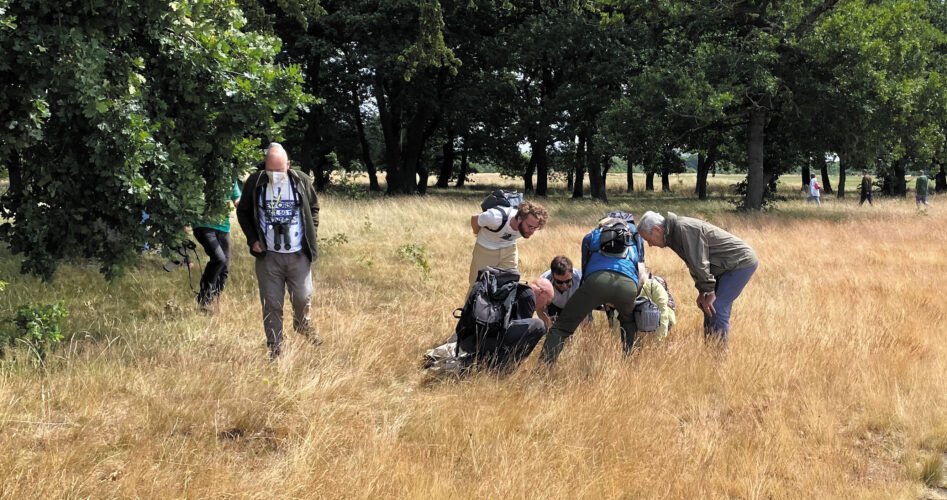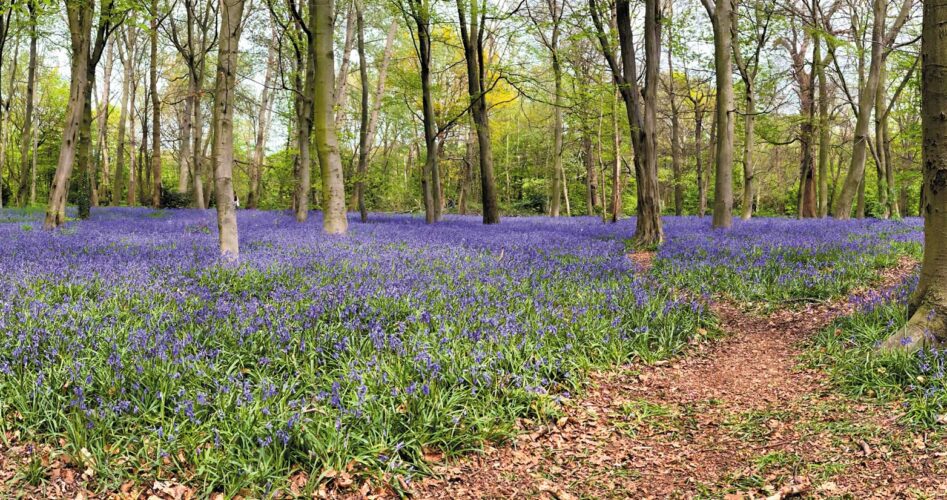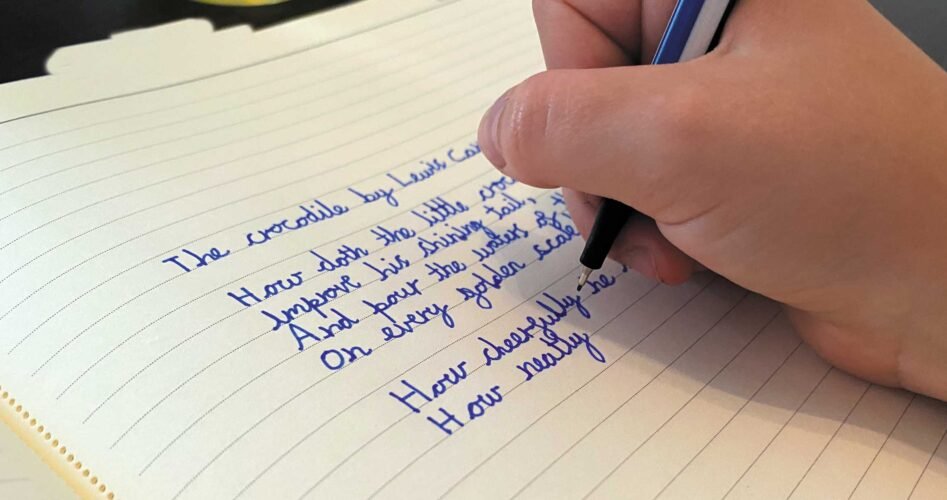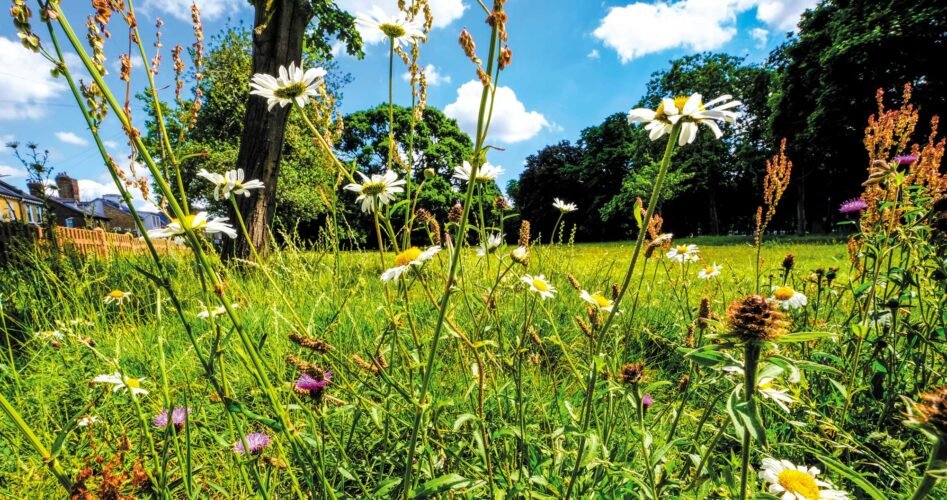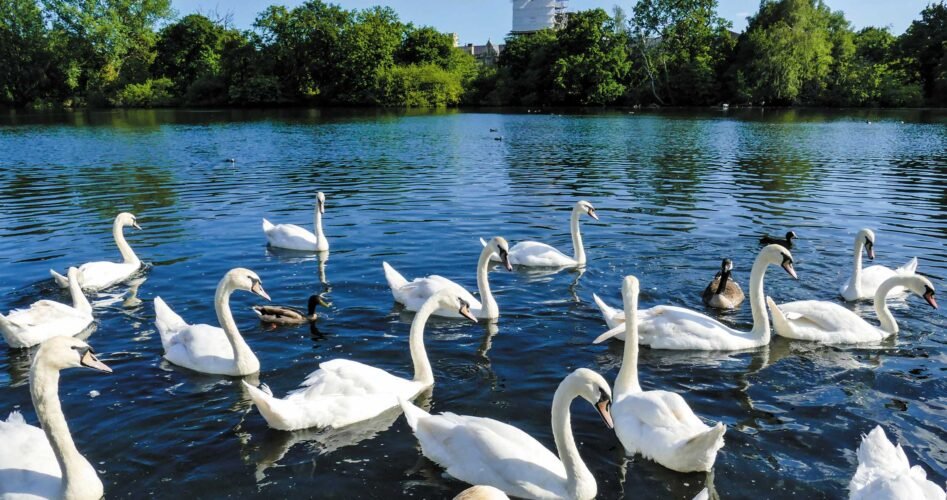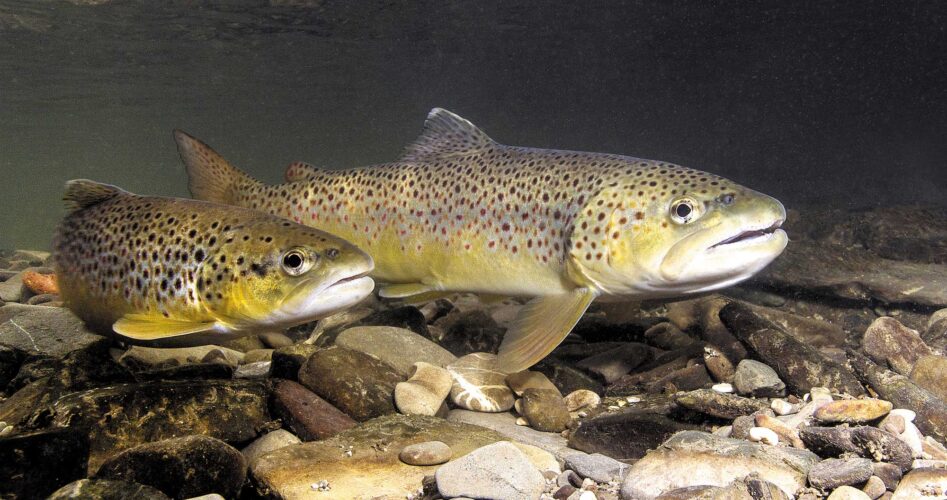Ron Filer is well known on the local art scene, running classes at Wanstead and Aldersbrook venues. As he gradually retires from tutoring duties, he is keen to find a replacement that will keep the community creating
Hi friends, I’m Ron Filer. I was born in Buckhurst Hill and have lived in Aldersbrook for the last 53 years. I enjoyed painting when at school and was an original member of Bedford House Community Association, with famous art tutor Walter Spradbury (1889–1969).
Scouting was always a joy, pulling the trek cart from Buckhurst Hill to Gilwell Park (not so much traffic in those days). After leaving Walthamstow Technical College, I joined J Sainsbury’s as an apprentice refrigeration engineer. I served as scout leader in the 45th Epping Forest group, then called up for the RAF as an electrician on National Service duty for two years.
I married Margaret in 1959, who I met at Scottish dancing at 15 years of age through the Scouts and Guides. We moved to Aldersbrook, where I again took up Scout leadership with the 21st group and with three young children of our own! We are still happily married, now with grandchildren and three great-granddaughters.
I retired at 65 from the refrigeration industry but continued until this year to be on the committee of the 65-year-old London Refrigeration Society, which sadly had to close through Covid and a lack of new members.
I continued many activities in retirement, including attending painting classes at Wanstead House. I’m now a long-standing committee member and president of Wanstead House Community Association, where many classes and clubs meet weekly for handicrafts, flower arranging, languages, dancing and art. I went on to become involved with Art Group Wanstead – formed in 2011 by Donna Mizzi – as treasurer and committee member.
I have also been guiding folk at Age UK in the Corner House (Allan Burgess Centre) on Thursday mornings for over 11 years, where more senior guests do watercolours, chat and socialise. Then, each Tuesday afternoon, I do something similar at St Gabriel’s Church hall in Aldersbrook (as is the subject of my painting here) with a group at which anybody is welcome to ‘knit, paint and natter’ over a cuppa.
I love to encourage painting activities through outdoor visits or working from photos or magazine articles. Interested? Why not give one or more of these Wanstead-based groups a try? These are local venues at which you can meet new friends whilst gaining new skills to share with others.
All these local groups need new blood to organise and supervise and ensure many more years of friendly activities. I still paint, but I’m getting less mobile, so are you interested in helping me guide and teach others? Please get in touch if so.
For more information and to contact Ron, email ronfiler91@gmail.com


